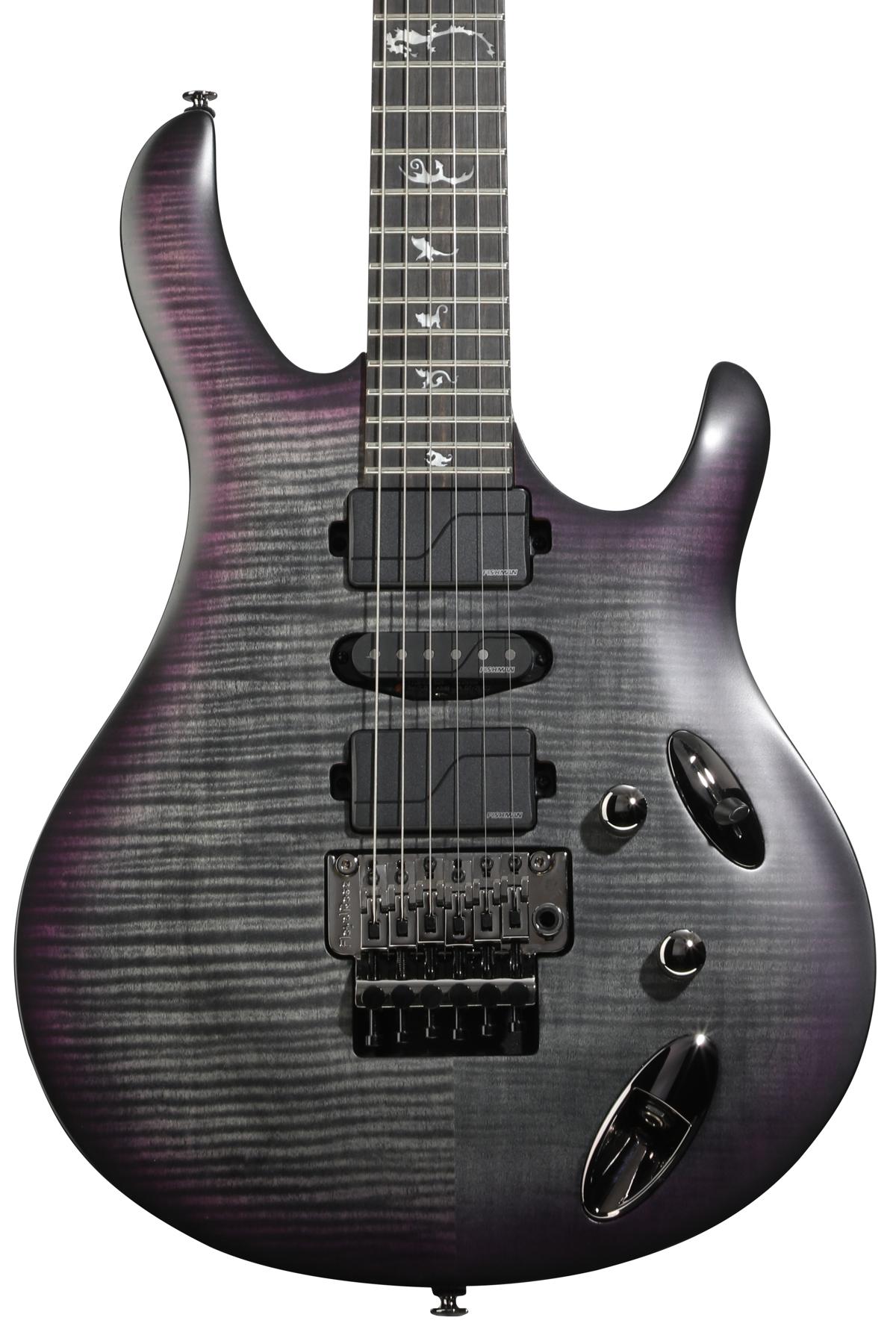In the last column, George Ellison was going through the major pickup types, starting with the Strat single coil, which he called “the best” pickup. I’d have to agree that the Strat’s pickups are responsible for some of the greatest tones the electric guitar ever made. I love Strats, too, but I also have a special place in my heart for another single coil, one that’s older than the Strat: the venerable P-90.
During the sixteen years I’ve worked for Seymour Duncan, I’ve noticed a dramatic surge in the popularity of P-90s. In fact, no recent “movement” in pickups has been quite as strong as the renewed interest in these great-sounding tone beasts. Let’s look at the history of the P-90 and discuss its unique characteristics and advantages.
Gibson debuted their “Electric Spanish” line of guitars in the thirties as a way for guitarists to be heard, particularly in an ensemble format. Some of these early instruments, like the 1936 ES-150, used built-in, straight-bar, “Charlie Christian” pickups. Walt Fuller was the man responsible for this new design. This pickup eventually evolved into a rectangular-shaped, diagonally-slanted single coil unit with adjustable pole pieces. You could see these odd pickups on the ES-300, along with certain Gibson lap steels from 1940 to 1945. This transitional pickup was the big brother to the P-90, which Fuller developed in 1946, and which appeared on Gibson’s ES-175 and Switchmaster guitars shortly thereafter. Fuller used black thermo-formed plastic covers to house these pickups. And, like their predecessor, they used adjustable poles and Alnico magnets.
In the early fifties, Gibson began their official collaboration with the legendary Les Paul. It was in the spring of 1952 that the majestic Gold Top Les Paul debuted—featuring P-90 pickups. Back in the day, you could have one of these beauties for a mere $210. Sigh…
Some might argue that the P-90 was Gibson’s only truly successful single coil pickup. To me, the P-90 has the perfect blend of output and high-end response. Compared to the Strat, the tone is fatter, with more “beef” and more mids. Like the Strat pickup, traditional P-90s employ a single coil design with sandcast Alnico magnets. Unlike the Strat, the vintage P-90 uses a single conductor, braided shield hookup cable. The original P-90s were machine wound using 42 gauge, plain enamel magnet wire. Traditional P-90s use two magnets with opposing fields that face each other: the two south sides faced the screw pole pieces.
 "Dog Ear" P-90 |
 "Soap Bar" P-90 |
If you were around in the fifties and sixties, you could hear jazzers like Herb Ellis and the great Joe Pass using P-90s to produce “warm ‘n’ woody” tones, especially when used with the heavier gauge strings of the day. Other notable P-90 users have included Freddie King, George Thorogood, and Mountain’s Leslie West.
The nineties revival of swing and rockabilly music fueled a resurgance in traditional P-90 tones. Clever pickup manufacturers have figured out new ways of delivering P-90 flavors. Some have developed ceramic magnet P-90s used together with high-output coils for “Bad to the Bone” tone. Others have built hum-canceling P-90s that use a stacked-coil design, which not only cancels the hum found in all true single coil pickups, but also allows the player to switch between series, parallel and split wiring for even more tone options. Some offer P-90s housed under covers that make them direct, drop-in replacements for humbucker- equipped instruments. And still others offer full-size humbucker pickups that can split to a real-deal P-90.
So, whaddayathink? Are P-90s right for you? Well, if you like a big, fat, punchy tone with lots of single coil “cut,” and boosted mids, then you might be ready to take the P-90 plunge.
Evan Skopp
Evan Skopp is head of Marketing and OEM Sales for Seymour Duncan, based in Santa Barbara, California. He serves on the board of directors of Musician’s Institute in Hollywood and is past-president of the Guitar and Accessories Marketing Association.






![Rig Rundown: Russian Circles’ Mike Sullivan [2025]](https://www.premierguitar.com/media-library/youtube.jpg?id=62303631&width=1245&height=700&quality=70&coordinates=0%2C0%2C0%2C0)

















